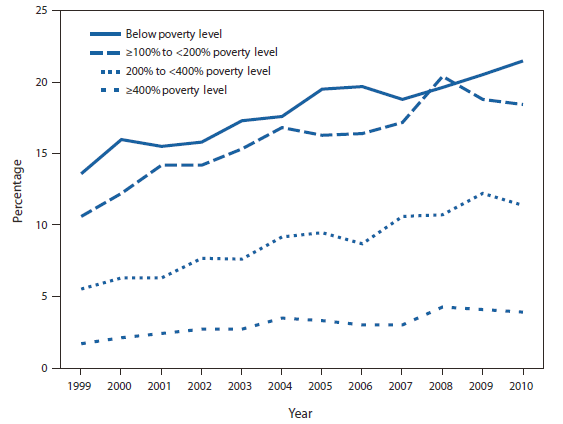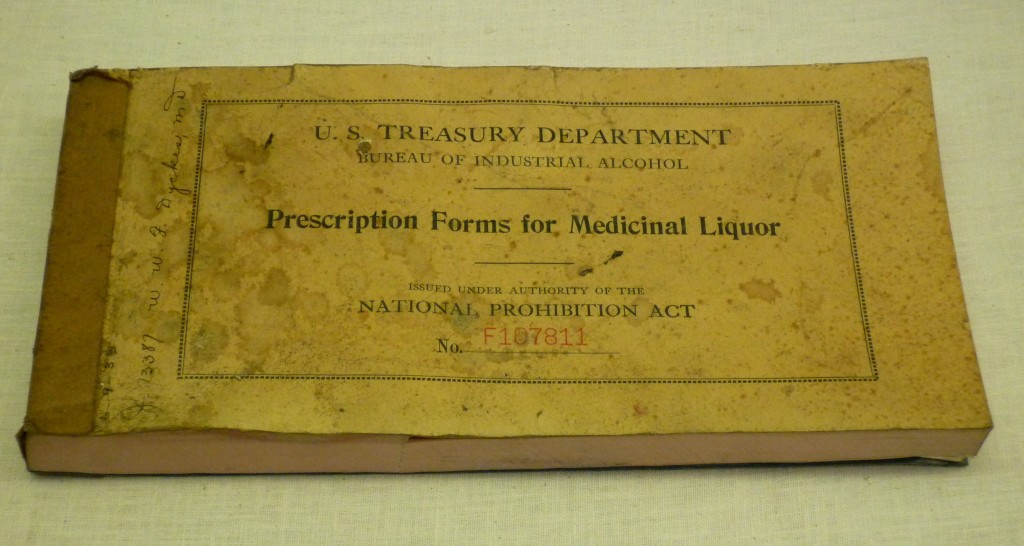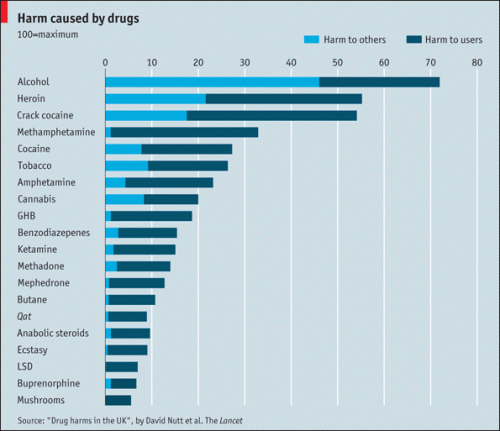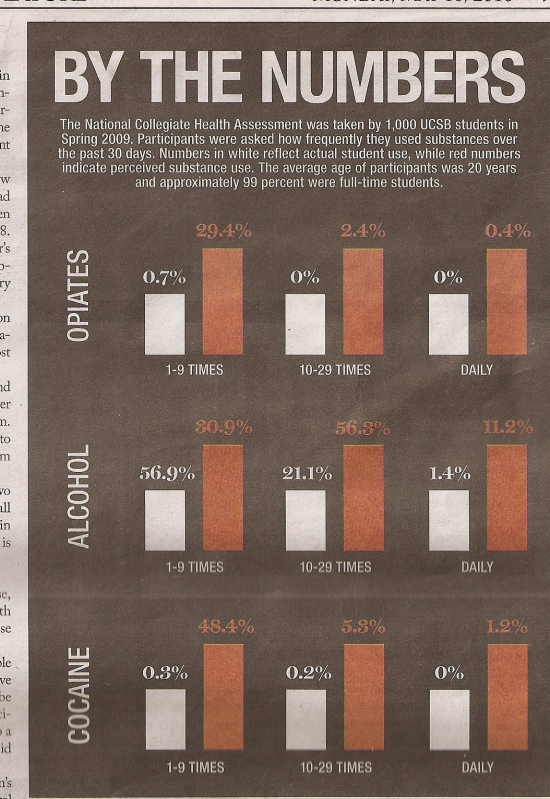Cross-posted at Family Inequality.
Poverty is usually described as a status, as there are people below and above the poverty line. We need to do more to capture and represent the experience of poverty.
There are ways this can be done even in a single survey question, such as this one: ”During the past 12 months, was there any time when you needed prescription medicine but didn’t get it because you couldn’t afford it?” Below are the percentages answering affirmatively, by official poverty-line status.
Percentage of Adults Aged 18-64 Who Did Not Get Needed Prescription Drugs Because of Cost, by Poverty Status (National Health Interview Survey, 1999-2010)
 This is not the same as not having any of the prescription drugs you need. What it indicates is economic insecurity rather than deprivation per se, a more nuanced measure than simply being above or below (some percentage of) the poverty line.
This is not the same as not having any of the prescription drugs you need. What it indicates is economic insecurity rather than deprivation per se, a more nuanced measure than simply being above or below (some percentage of) the poverty line.



 (
( (
(









